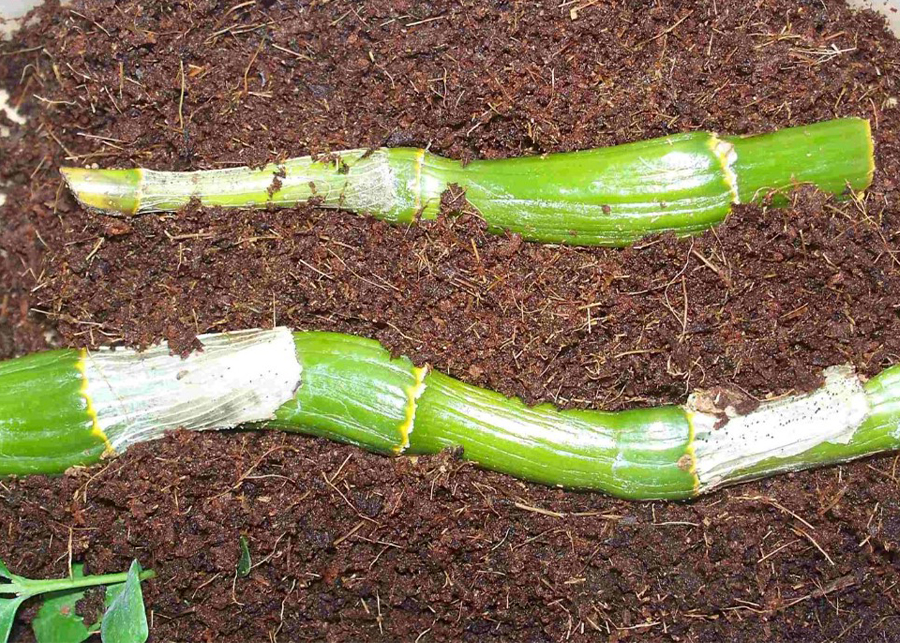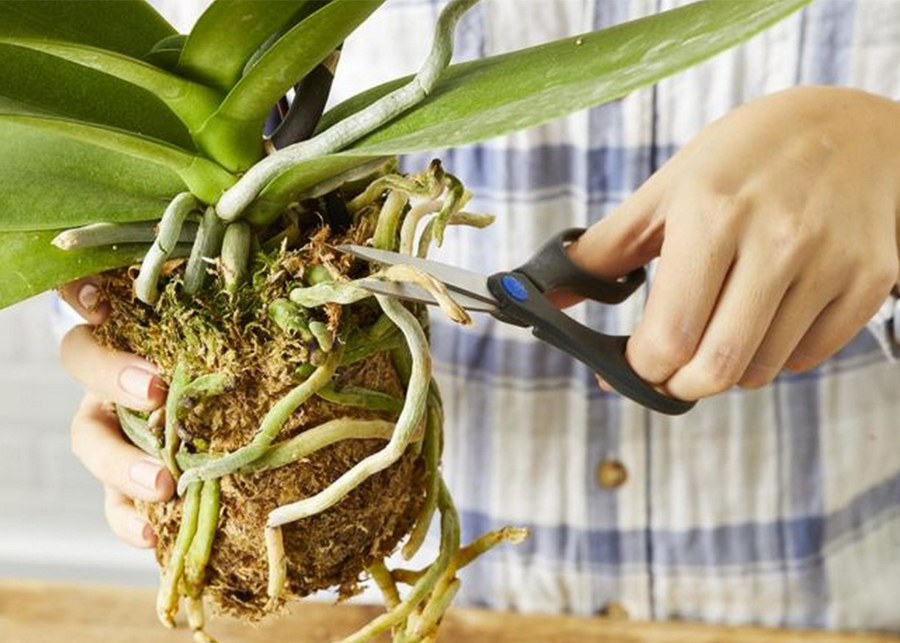Propagating orchids is a hobby that allows you to grow many different kinds of orchids. Propagation methods are divided between vegetative propagation, such as cuttings, and asexual propagation, such as rhizome division. In addition to these two categories, you can use keikis and back bulb propagation for orchid species that have separate bulbs on the rhizome. This article covers all four methods of orchid propagation and explains how to do them.
If you want to grow orchids and are curious about the process, this article will explain some methods you can use to propagate your favorite species. These methods include cuttings, back bulb propagation, rhizome division, and keikis. If you want to grow Phalaenopsis (moth) orchids from cuttings, you can follow the directions in this article. However, you must be aware that propagating orchids using rhizomes is slow and can take years.
Cuttings
The first step in propagating orchids from cuttings is to cut the stems of your orchids to the correct length. Choose stems that are 12 inches or less and that have multiple nodes. Cut the stems near the base of the plant, where new shoots will develop. Cut the stems just above the leaf joints. Use an antifungal powder to protect them from fungal infections. Place the cuttings in a shallow tray and place in an area that is 60 degrees Fahrenheit and away from direct sunlight.

In addition to root cuttings, you can also propagate orchids from stem cuttings. A sterilized knife is recommended for making these cuts. Afterward, wrap the stems in sphagnum moss or plastic bags to keep them from getting moldy or fungal infections. To store the stems, keep them in tall tubes, jars, or a vase that has a straight sided bottom.
Back bulb propagation
One of the easiest and most effective ways to produce new plants for your orchid collection is through back bulb propagation. This method uses old pseudobulbs that are no longer flowering or have a leafless appearance. By dividing the rhizome of the plant, you will be able to create three or four healthy new plants. However, be prepared that this method may take two or three years for the plant to flower.
To start propagating orchids from back bulbs, simply cut the plant apart at the base of the back bulb and insert it into a sterile growing medium. Usually, the bulb sprouts within two weeks, but some may take several years to grow fully. The process is fairly simple and inexpensive. You can use several different methods of back bulb propagation. Once you’ve chosen the method that works for you, read on to learn about how to propagate back bulbs.
Rhizome division
Orchids propagate easily by dividing the rhizome. This method is used for sympodial orchids, which produce offsets, or thick stems that grow from the rhizome. Generally, you must divide your orchid’s rhizome at least once to encourage offset growth. Pseudobulbs are only divided for certain types of orchids. These include Cattleya, Cybidium, Epidendrum, and Dendrobium.
The process of rhizome division is very similar to that used for dividing grass. To start the process, you need to cut the orchid’s rhizome from its root and separate the new orchid from the old one. Cut the rhizome into three or five pseudobulbs. Separate these bulbs into separate pots and pot them separately. Divided orchids should be cared for just like the old ones.

Phalaenopsis (moth) orchid keikis
Keikis are epiphytic orchids that grow from the roots of their mother plant. Oftentimes, Phalaenopsis orchids produce keikis when the plant is dying. In order to propagate these plants, it is best to buy the mother plant at an auction or in a nursery. The mother plant will not be in good health if it has suffered from crown rot, but it will be ready to grow keikis when it is fully self- sufficient.
To start a new keiki, you can cut the flower spike from the parent plant and use it as a cutting. To make the root tips stronger, sprinkle cinnamon on each keiki spike. Keep the stems in fresh water and recut the ends every couple of days. Be sure to separate the keikis from the parent plant when the fifth bud is present. Generally, this is the branch that will produce the flower spike.
F.A.Q
Can you root an orchid stem in water?
The good news is that yes, you can propagate orchids by rooting them in water or damp sand. In fact, the process is actually much easier than propagating orchids via a traditional method like division – and it yields better results. But it does take time and patience to get an orchid to root in water, so be prepared to wait a few weeks before you begin to see any progress. And even when you do see progress, it can take almost a year for the cutting to become rooted and the roots sufficiently developed for transplanting. But if you stick with it, root your own orchids at home, and feel free to give us a call if there are any questions along the way.



